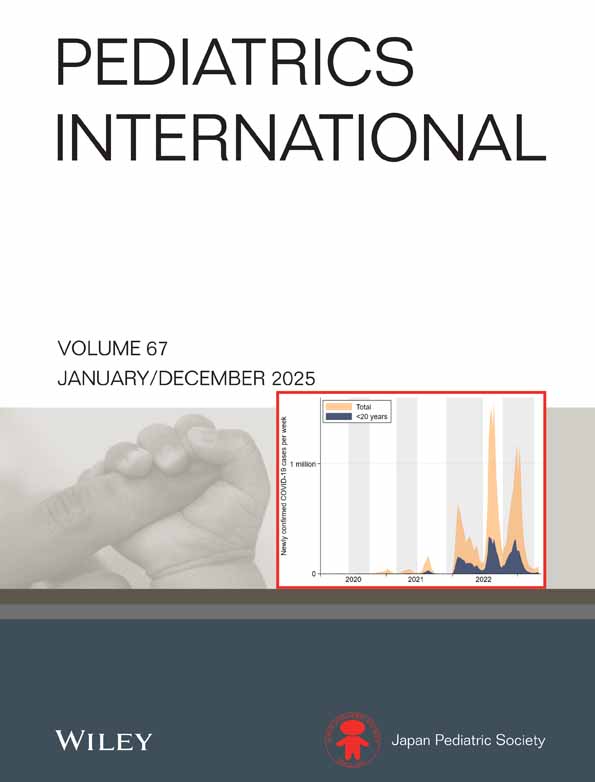Autoantibodies and CD5+ B cells in childhood onset immune thrombocytopenic purpura
Abstract
We evaluated platelet associated immunoglobulin (PaIg) G, PaIgM, platelet associated autoantibodies to platelet glycoprotein IIb/IIIa (Pa-GPIIb/IIIa), the percentage of CD5+ B cells and the amount of platelet-bound anti-GPIIb/IIIa monoclonal antibody (mAb) in the peripheral blood of 29 patients with childhood onset chronic immune thrombocytopenic purpura (c-ITP). The percentage of CD5+ B cells ranged from 2 to 8% (4.7 ± 2.0) in control patients and 1 to 18% (6.2 ± 4.2) in the ITP patients. There was no overall significant difference between the two groups, but the percentage of CD5+ B cells in six of the ITP patients was higher than the mean + 2 s.d. of the controls. There was a significant correlation between the percentage of CD5+ B cells and PaIgM (y = 1.73x + 13.4, r = 0.40, P < 0.05). This finding is the basis for the speculation that CD5+ B cells may play an important role in the production of PaIgM in vivo. There was no correlation between the amounts of PaIgG and Pa-GPIIb/IIIa. This suggests that the amount of PaIgG does not accurately reflect of the amount of Pa-GPIIb/IIIa. Furthermore, we have demonstrated that autoantibodies to GPIIb/IIIa are directed to more than one epitope.




